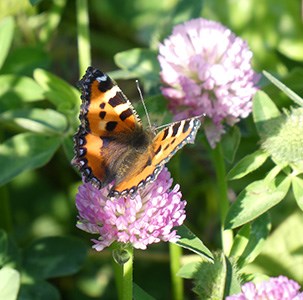SITES - a resource for research
SITES (Swedish Infrastructure for Ecosystem Science) is a national infrastructure composed of a network of field stations throughout Sweden. The aim of SITES is to provide researchers with opportunities to use research stations in different ecosystems. The collaborating research stations provide access to facilities and openly available data. SITES also hosts several thematic monitoring programs. You can read more about the relevant thematic programs in the link collection below.
Urban agriculture
Röbäcksdalen represents a district of Umeå, the largest city in Norrland. Röbäcksslätten, the dominant part of Röbäcksdalen, is the largest continuous agricultural land area in northern Sweden. The urban location of the infrastructure opens up opportunities for interdisciplinary research and to other research disciplines outside of natural science.
Facilities for science
The entire infrastructure of SITES Röbäcksdalen encompasses 280 hectares of fields and pastures. At the field research station about 40 field trials are conducted annually. The station also coordinates trials on three additional field stations in northern Sweden with a focus on crop science.
At the research dairy facility there are 105 dairy cows available for trials focusing on forages and sustainable food production. At the infrastructure it is possible to do research in a variety of areas, such as animal science, agricultural science, ecology, phenology, climatology, geochemistry, biology, agroecology, soil science and environmental science.
Visitors and users of the infrastructure can get access to the land and a stream collecting drainage and surface runoff-water from the area, animals in the dairy facility, workshops, machines, measuring equipment, personnel, laboratories and working stations.
Access to data
All data that is gathered within the infrastructure can also be made available for researchers. Most of the data is continuously collected, including data from feeding trials, climate/weather data, soil data, data from water samples of runoff-water, data from the catchment area around the station, GIS data, and data from different long-term trials.
